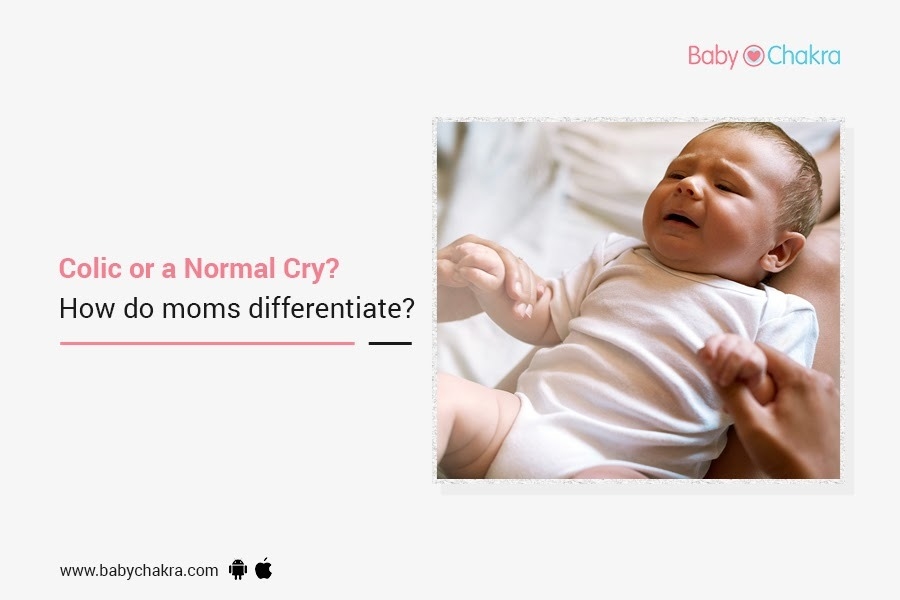
Colic Or A Normal Cry? How Do Moms Differentiate?
14 Dec 2021 | 2 min Read
Dr Ankita Dave
Author | 1 Articles
Crying and newborns go hand in hand. Crying is a way of communication used by babies to get what they need. Newborns generally spend around 2 hours a day crying. They generally stop crying when their needs get fulfilled. It’s very easy for a mother to identify a normal cry, that may be because of hunger, wet or dirty diaper, or any kind of irritation.
But that’s not the case in colic. Babies generally experience colic in their first month, where they cry for about more than 3 hours a day. It is a common condition seen in 1 out 4 babies. These cries are louder than normal, high-pitched, and sudden. Such cries lead to reddening of the baby’s face and bulging belly. Few babies also tend to bunch up their legs, pass gas or tighten the abdominal muscles while crying.

Other features of colic that help moms differentiate it from normal cry include:
Scheduled cry:
Babies tend to cry around the same time every day without any specific reason.
Scream:
Babies tend to scream a lot while crying. These are extremely high-pitched screams that are not at all normal.
Excessive crying:
Babies tend to continue this crying pattern for about three weeks (more than 3 hours of cry/day).
No reason to cry:
Babies tend to cry without having any reason.
Soothing is difficult:
Soothing the baby’s cry is very difficult. Be it feeding, playing, or rocking them to sleep, nothing works for them.
This condition (colic) usually stops around the 3rd or 4th month. If it does not stop, it’s important to see a pediatrician and get your baby checked.
A


Related Topics for you
Suggestions offered by doctors on BabyChakra are of advisory nature i.e., for educational and informational purposes only. Content posted on, created for, or compiled by BabyChakra is not intended or designed to replace your doctor's independent judgment about any symptom, condition, or the appropriateness or risks of a procedure or treatment for a given person.
